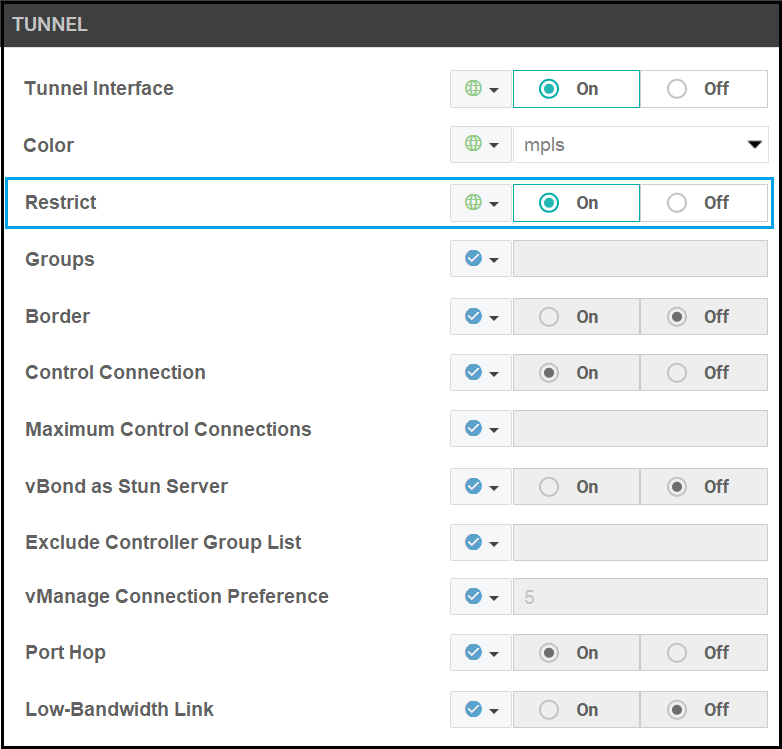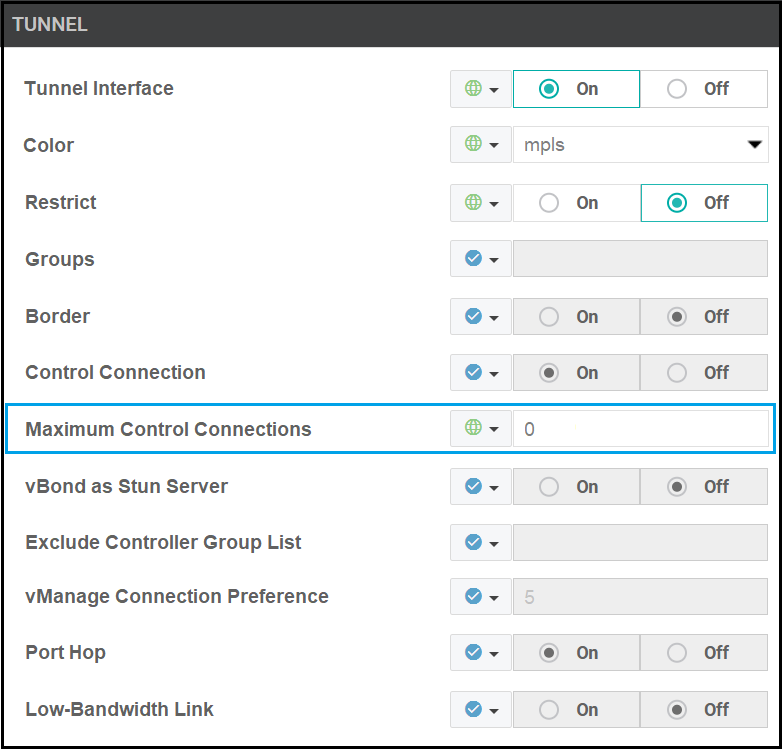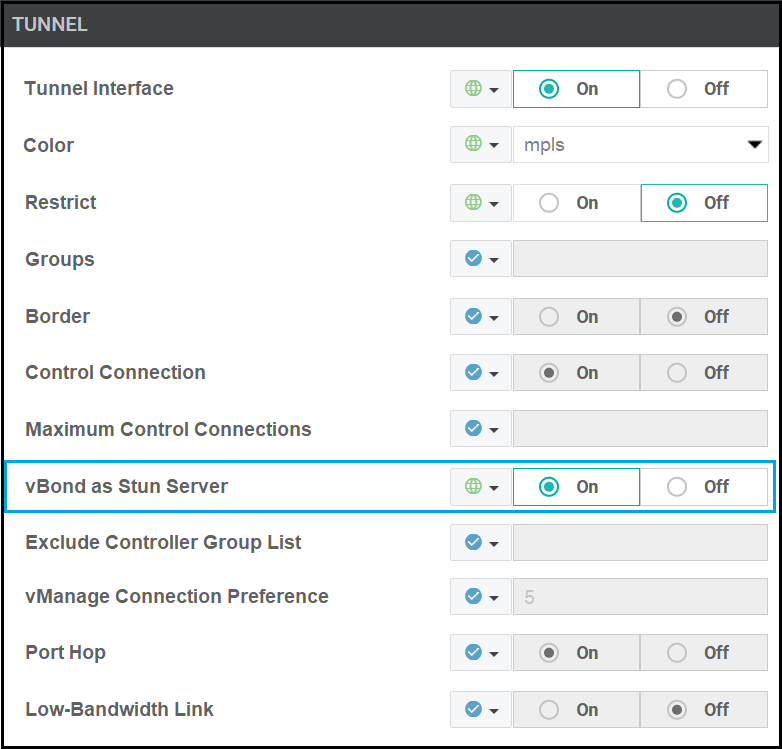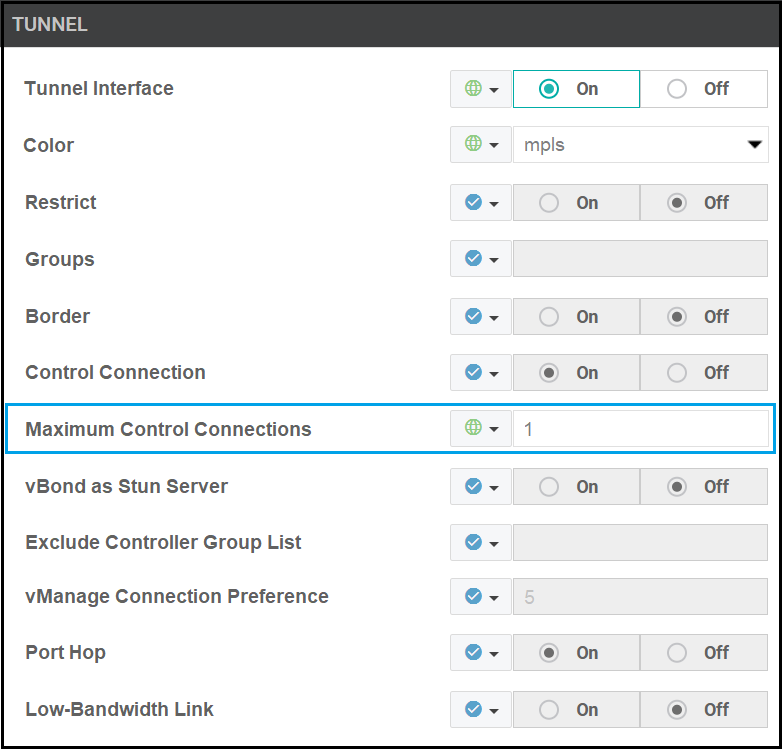This should be B. The question specifically states that the MPLS link has no connectivity to the controllers in AWS. Without configuring max-control-connections to 0, BFD sessions will not form on the MPLS link. The restrict option, while desirable, is not necessary. Tunnels will attempt from mpls<->biz-internet and will fail, but mpls<->mpls and biz-internet<->biz-internet tunnels will still form.
Per Cisco Press's SD-WAN Book:
"When a WAN Edge attempts to join the fabric, it attempts to build control connections across each transport deployed at that site. By default, if a transport doesn’t have control connectivity to any of the Cisco SD-WAN controllers, then it won’t build a data plane connection across that transport either. This is very common with cloud deployments where the controllers are in a public or private cloud and your MPLS transport has no connectivity to the Internet."
Followed by this note:
"There are a few options to still achieve data plane with no control connectivity. One option is to disable control connections on that transport via the max-control-connections command. "



